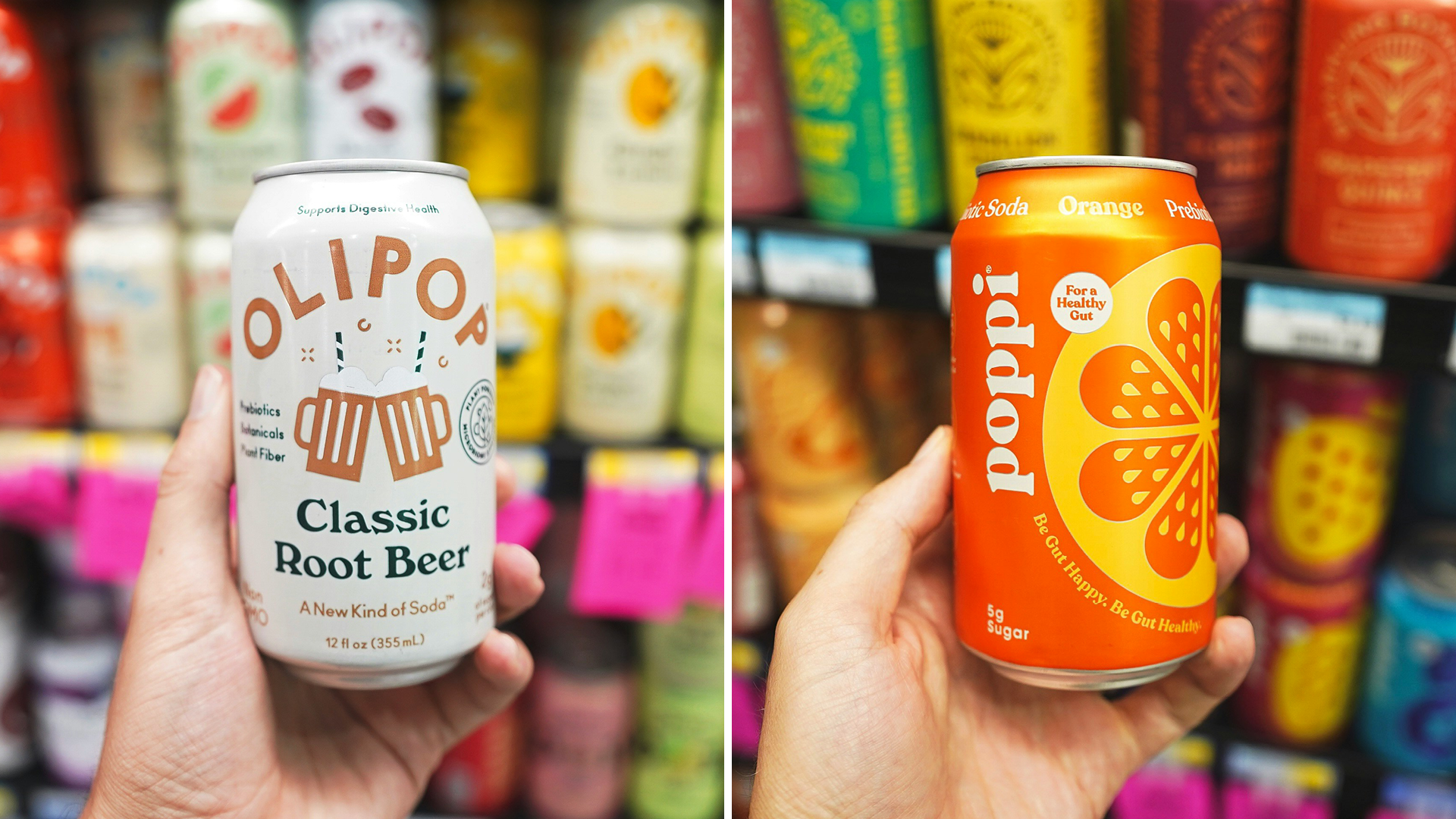Amid the usual consumer concerns – high inflation and food costs, student debt repayments, much federal hand wringing regarding the national budget and a ground war in the Middle East – people are reaching for comfort foods, for the hot and satisfying, for something swift to fight the autumn chill.
They’re reaching for instant noodles.
Demand for swift noodles – spicy noodles, sweet noodles, better-for-you noodles – has never been higher. Nikkei Asia recently reported that demand for instant noodles jumped 2.6% globally to a record high of 121.2 billion servings last year, according to the World Instant Noodles Association, and that 2023 marked the seventh consecutive year of instant noodle growth and consumption.
Demand initially shot up during the pandemic in 2020 when the ease and relative convenience of instant noodles saw global demand skyrocket almost 10%. As food prices began to rise in 2022, instant noodles enjoyed another small sales boost, leading to today’s robust market.
Single-serving Global Growth
Gone are the days of collegiate Ramen being a last resort; more consumers and families are reaching for instant noodles via retail and grocery than in the past and the noodle SKUs are dominated by global brands that are indeed reaching new and loyal audiences – in 2021, demand soared in Mexico 17.2% and further enjoyed double-digit growth last year. In the U.S., the demand for instant noodles grew 3.4%.
Long popular in Asia, instant noodles have found a serious foothold in other markets due to their value proposition that promises relatively low costs and high satiety and nutritional content. According to a recent report by Allied Market Research, the instant noodles industry is valued at almost $50 billion and should reach almost $100 billion by 2031.
“With inflation concerns, and costs in general rising on almost everything, consumers are looking for convenient and cost-effective meal choices – instant noodles provide this,” – Andy Keenan, senior VP and general manager at Advantage Solutions.
Instant noodles complement many other meals, whether combined with fresh beef, chicken, or pork for a protein punch or served as a bed of textured deliciousness beneath salmon or whitefish. They also combine well with vegetables, often achieving the starch/protein/carb combo many nutritionists recommend.
“I would expect to see continued growth in two areas,” Keenan told The Food Institute, “expanded and more unique flavor offerings, and a focus to improve the overall nutritional value instant noodles offer today.”
On that note, here is a non-definitive list of some of the top brands for flavor and value drawn from previous stories at Bon Appetit, The New York Times, and Eat This, Not That!
Public Goods Original Ramen Noodles – 290 cal., 1,510 mg sodium, 58 g carbs, 10 g protein. $11 from Public Goods.
Despite its high sodium intake (66% of the total recommended amount), the Public Goods ramen option is low-fat, loaded with calories, and the basic flavor profile relies upon soy sauce, sesame oil, and that’s about it. The dried noodles themselves also receive high marks from many sources.
Momofoku Tingly Chili Wavy Noodles – 330 cal., 1,300 mg sodium, 63 g carbs, 11 g protein. $11.99 at Target (6 packets).
From the kitchen of David Chang comes instant noodles bearing his restaurant’s name. The noodles are air-dried instead of fried and accompany spicy packets of Sichuan peppercorns in the spicy version and more traditional soy and sesame oil in the Soy & Scallion variety. Per the website, Momofoku-brand instant noodles tout 25% fewer calories and more than twice the protein of traditional ramen.
Immi Spicy “Beef” Ramen – 300 cal., 890 mg sodium, 24 g carbs, 21 g protein. $5.99 at Whole Foods.
Celebrated as a plant-based ramen, Immi-brand ramen is dense with protein and fiber while low on carbs. This plant-based alternative to traditional ramen brands is popular specifically for that reason; as ramen and instant noodles can complement almost anything, this particular brand has found success as a better-for-you alternative to more traditional instant noodle brands (especially for plant-based enthusiasts).
Nongshim Chapaghetti – 580 cal., 1,240 mg sodium, 88 g carbs, 10 g protein. $11 at Amazon (4 packets).
Also known as Jjapaghetti, chapaghetti is an instant noodle riff on jajangmyeon, aka black bean noodles, which are popular in Korean cuisine. Often used as a snack, chapaghetti can also easily convert to a meal when combined with proteins, vegetables, even fried eggs and other condiments.
Nissin Raoh Ramen Noodle Soup – 380 cal., 2,020 mg sodium, 72 g carbs, 8 g protein. ~$2.68 per packet at Walmart.
Loaded with sodium and msg, Nissin Raoh Ramen hits hard due to the indulgence factor many consumers feel upon eating it. Servings come with a separate packet of oil and seasoning to enrich the broth, and like other instant noodles, consumers are only limited by their imaginations in how they dress – and slurp – it up.












